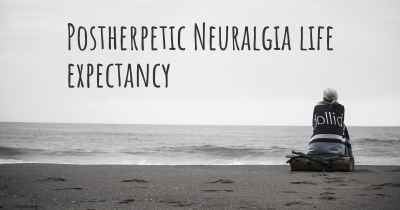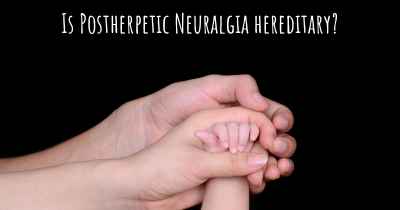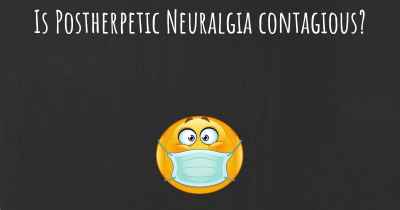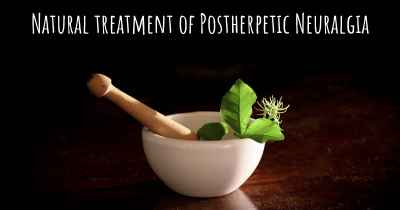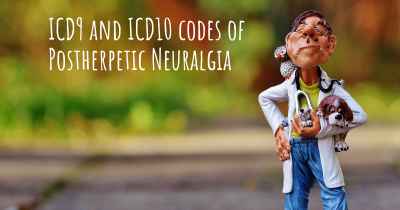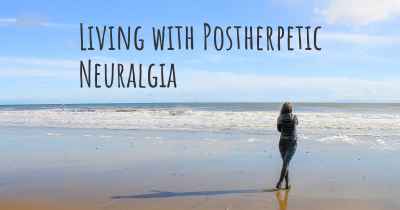Is it advisable to do exercise when affected by Postherpetic Neuralgia? Which activities would you suggest and how intense should they be?
See if it is advisable for people with Postherpetic Neuralgia to practice sports and which ones are the most recommended if you have Postherpetic Neuralgia
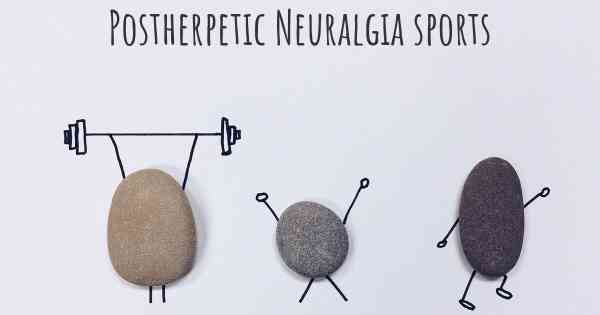
Exercise and Postherpetic Neuralgia
Postherpetic neuralgia (PHN) is a condition that occurs after a person has experienced shingles, a viral infection caused by the varicella-zoster virus. PHN is characterized by persistent pain in the area where the shingles rash occurred. It can be a debilitating condition that affects daily activities and quality of life.
While exercise may seem counterintuitive when dealing with chronic pain, it can actually be beneficial for individuals with postherpetic neuralgia. Engaging in regular physical activity can help manage pain, improve overall well-being, and enhance functional abilities.
Benefits of Exercise for Postherpetic Neuralgia
1. Pain Management: Exercise has been shown to release endorphins, which are natural painkillers produced by the body. These endorphins can help reduce the perception of pain and provide temporary relief.
2. Improved Circulation: Physical activity increases blood flow to the affected area, promoting healing and reducing inflammation. It also helps deliver essential nutrients and oxygen to the damaged nerves, aiding in their recovery.
3. Enhanced Mood: Regular exercise has a positive impact on mental health by reducing stress, anxiety, and depression. It can help individuals with postherpetic neuralgia cope better with their condition and improve their overall mood.
4. Increased Strength and Flexibility: Certain exercises can target specific muscle groups, improving strength and flexibility. This can be particularly beneficial for individuals experiencing muscle weakness or stiffness due to postherpetic neuralgia.
Recommended Exercises for Postherpetic Neuralgia
When considering exercise for postherpetic neuralgia, it is important to choose activities that are low-impact and gentle on the body. Here are some recommended exercises:
1. Walking: Walking is a low-impact exercise that can be easily incorporated into daily routines. Start with shorter distances and gradually increase the duration and intensity as tolerated.
2. Swimming: Swimming and water aerobics are excellent options as they provide resistance without putting stress on the joints. The buoyancy of water also helps support the body, reducing the risk of injury.
3. Stretching: Gentle stretching exercises can help improve flexibility and reduce muscle stiffness. Focus on stretching the affected areas, but be cautious not to overexert or strain the muscles.
4. Tai Chi or Yoga: These mind-body exercises promote relaxation, balance, and flexibility. They can help manage pain, reduce stress, and improve overall well-being.
5. Cycling: Cycling on a stationary bike or outdoors can be a low-impact cardiovascular exercise that strengthens leg muscles without putting excessive strain on the joints.
Exercise Intensity and Safety Precautions
When starting an exercise routine with postherpetic neuralgia, it is crucial to listen to your body and start slowly. Here are some important considerations:
1. Consult with a Healthcare Professional: Before beginning any exercise program, it is advisable to consult with a healthcare professional who can provide personalized recommendations based on your specific condition and limitations.
2. Start Slowly: Begin with shorter durations and lower intensities, gradually increasing as tolerated. Pushing too hard too soon can exacerbate pain and potentially cause injury.
3. Pay Attention to Pain: While some discomfort during exercise is normal, it is important to distinguish between muscle soreness and pain caused by postherpetic neuralgia. If the pain worsens or becomes unbearable, it is essential to stop and rest.
4. Modify and Adapt: Modify exercises to suit your comfort level and limitations. If a particular movement or position aggravates your pain, try alternative exercises or modify the range of motion.
5. Warm-Up and Cool-Down: Prior to exercise, warm up with gentle movements to increase blood flow and prepare the muscles. Afterward, cool down with stretches to prevent muscle tightness and promote relaxation.
6. Stay Hydrated: Drink plenty of water before, during, and after exercise to stay hydrated and prevent muscle cramps.
7. Rest and Recovery: Allow for adequate rest and recovery between exercise sessions to prevent overexertion and promote healing.
8. Listen to Your Body: Everyone's experience with postherpetic neuralgia is unique. It is important to listen to your body and adjust your exercise routine accordingly. If an activity consistently worsens your pain, it may be best to avoid or modify it.
Remember, it is essential to consult with a healthcare professional before starting any exercise program, especially if you have underlying health conditions or concerns.
Conclusion
Engaging in regular exercise can be beneficial for individuals with postherpetic neuralgia. It can help manage pain, improve circulation, enhance mood, and increase strength and flexibility. Walking, swimming, stretching, tai chi, yoga, and cycling are recommended exercises for individuals with postherpetic neuralgia. It is important to start slowly, listen to your body, and consult with a healthcare professional for personalized recommendations. By incorporating exercise into your routine, you can take an active role in managing postherpetic neuralgia and improving your overall well-being.
